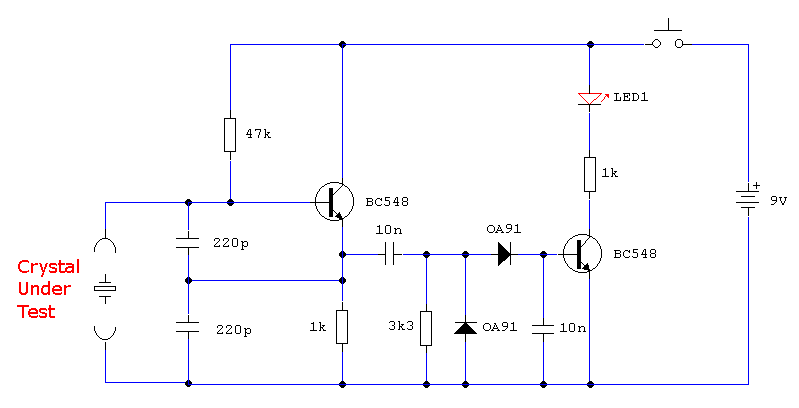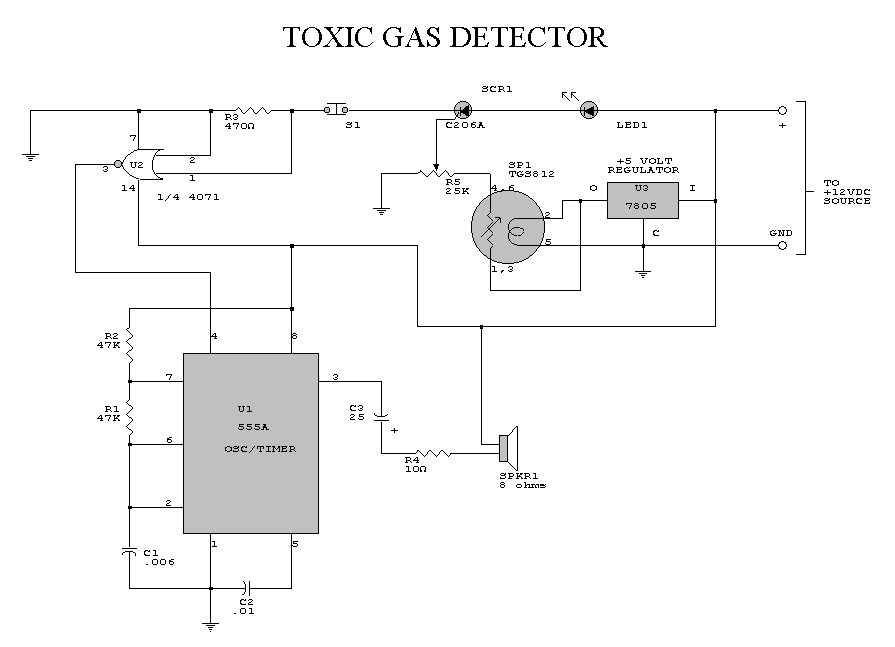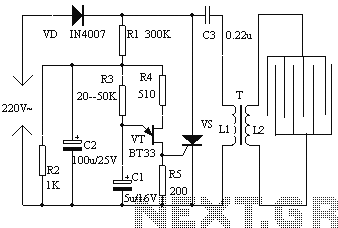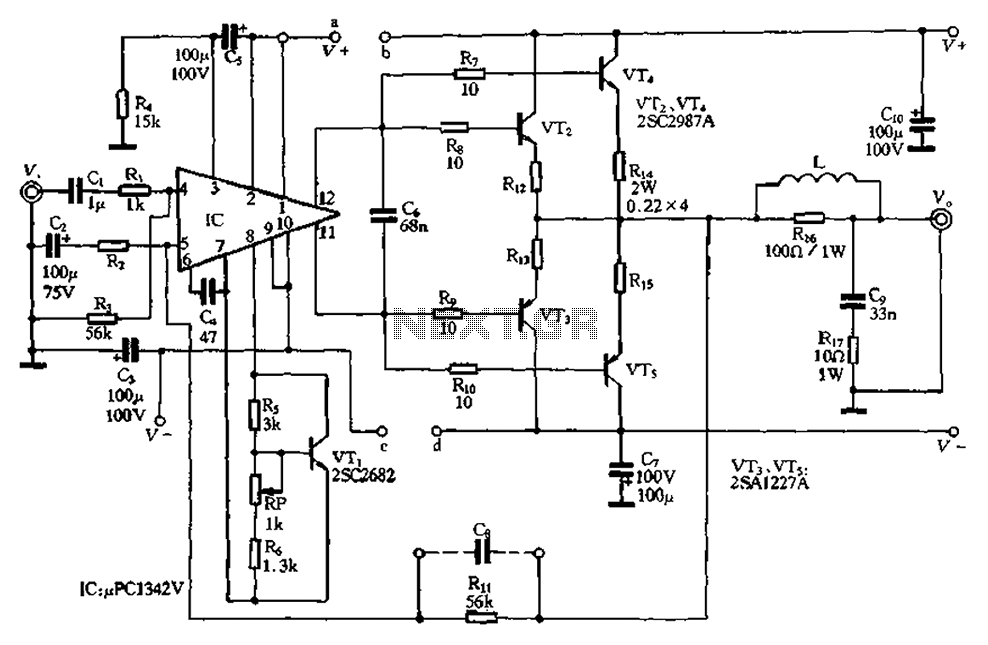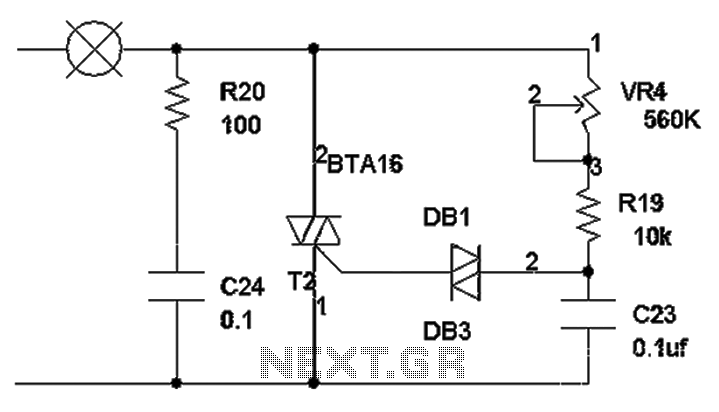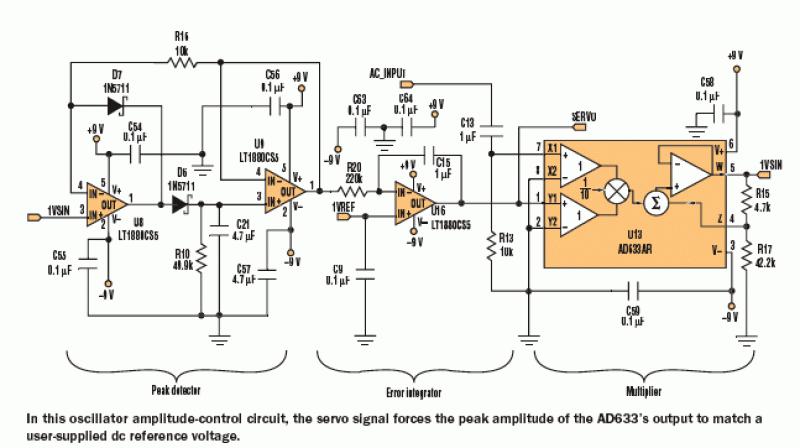
Power Power Outages after the call prohibit a re-closure circuit

Power outages following a call prevent the re-closure of a circuit, which can help avoid the use of electrical appliances after the power grid is restored. If appliances are left on and a call occurs, it may lead to accidents. Using relays or contactors can be an effective solution, as illustrated in figure 13-77(a) below. However, relay coils consume power, and when the load is substantial, contactors are required for control, which can be cumbersome and noisy. Utilizing dual thyristors as non-contact switches can address this issue.
The described circuit addresses the challenge of managing electrical appliances during power outages, particularly in scenarios where re-closure is necessary after a call. The primary concern is to prevent accidental usage of appliances that could lead to hazardous situations. The circuit employs relays or contactors, which are conventional methods for controlling electrical loads. However, relays have a significant drawback due to their coil power consumption, which can be problematic in energy-sensitive applications.
In cases where the load power is high, contactors become essential. While effective, contactors introduce additional complexities, including increased size, installation challenges, and operational noise, which can be undesirable in residential or quiet environments.
To mitigate these issues, the implementation of dual thyristors as non-contact switches presents a modern solution. Thyristors are semiconductor devices that can control high voltage and current without the mechanical movement associated with relays and contactors. This non-contact operation leads to reduced power consumption, lower noise levels, and improved reliability, as there are no mechanical parts to wear out over time.
The proposed circuit design would typically include a control logic that monitors the power status of the grid and the state of the appliances. Upon detecting a power outage, the circuit would engage the thyristors to disconnect the load. When power is restored, the thyristors would remain off until a manual reset or a specific condition is met, ensuring that appliances are not inadvertently turned on.
In conclusion, the integration of dual thyristors into the circuit design enhances the overall performance by providing a reliable and efficient method for managing electrical loads in the event of power interruptions, thereby improving safety and reducing the risk of accidents.Power outages after the call prohibit re-closure circuit, can avoid the use of electrical appliances after the power grid and forgot to turn off electricity, then call caused an accident when. Use relays or contactors can be easily shown 13-77 (a) shown below, but the relay coil to coil power consumption, and when the load power is large, the need to use contactor control, not only cumbersome but also noise. If dual thyristor as a non-contact switch, can solve the problem,
The described circuit addresses the challenge of managing electrical appliances during power outages, particularly in scenarios where re-closure is necessary after a call. The primary concern is to prevent accidental usage of appliances that could lead to hazardous situations. The circuit employs relays or contactors, which are conventional methods for controlling electrical loads. However, relays have a significant drawback due to their coil power consumption, which can be problematic in energy-sensitive applications.
In cases where the load power is high, contactors become essential. While effective, contactors introduce additional complexities, including increased size, installation challenges, and operational noise, which can be undesirable in residential or quiet environments.
To mitigate these issues, the implementation of dual thyristors as non-contact switches presents a modern solution. Thyristors are semiconductor devices that can control high voltage and current without the mechanical movement associated with relays and contactors. This non-contact operation leads to reduced power consumption, lower noise levels, and improved reliability, as there are no mechanical parts to wear out over time.
The proposed circuit design would typically include a control logic that monitors the power status of the grid and the state of the appliances. Upon detecting a power outage, the circuit would engage the thyristors to disconnect the load. When power is restored, the thyristors would remain off until a manual reset or a specific condition is met, ensuring that appliances are not inadvertently turned on.
In conclusion, the integration of dual thyristors into the circuit design enhances the overall performance by providing a reliable and efficient method for managing electrical loads in the event of power interruptions, thereby improving safety and reducing the risk of accidents.Power outages after the call prohibit re-closure circuit, can avoid the use of electrical appliances after the power grid and forgot to turn off electricity, then call caused an accident when. Use relays or contactors can be easily shown 13-77 (a) shown below, but the relay coil to coil power consumption, and when the load power is large, the need to use contactor control, not only cumbersome but also noise. If dual thyristor as a non-contact switch, can solve the problem,
